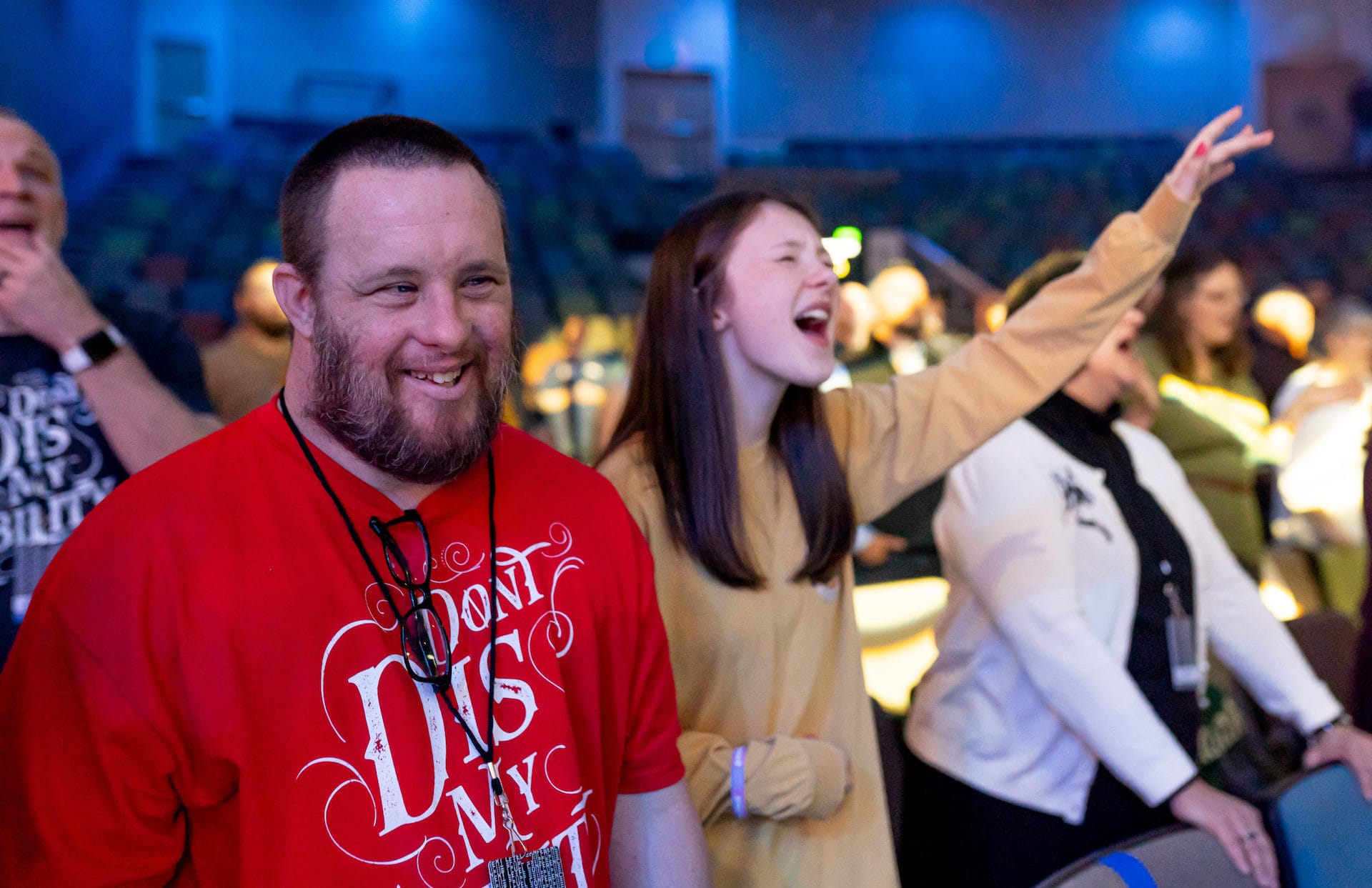

I’m glad that you have kept reading. That means you are at least intrigued by my church growth strategy. Remember I am promising BIG things for your church.
If you employ this strategy at your church I promise the following.
What is crazy is the fact that this strategy could grow a church by 20% even if the strategy only reaches 0.01% of it’s potential.
Now you think I am crazy!
The largest unreached people group in the entire world is people that live with a disability. This people group is present in every single community on the face of this planet. You don’t have to travel across an ocean to reach out to this mission field. Some reports even show that up to 90% of people affected by disability do not attend church.
Now let me do the math for you. I promise I am not lying to you about this church growth strategy even though it sounds too good to be true.
The church that I attend runs about 1,800 people in weekly attendance.
My church is located in Stark County, Ohio.
Stark County has a total population of 371,574 people.
Census numbers tell us that 9.3% of the total population under the age of 65 live with a disability. That would be a total of 34,556 people. Why is the age of 65 a significant benchmark? It is because as people age they will naturally experience disability as a result of aging. The people under the age of 65 are typically affected by disability for reasons other than aging. That means that the total number of people affected by disability is always much higher than the numbers revealed by the census. But let’s stick with the numbers given.
Now consider if my church was successful at a one percentage rate, that is right 0.01%, at reaching people affected by disability in our community. The church would reach an additional 346 people. That would be just shy of a 20% increase in attendance.
You can do the math for your community too using the census link above. Now imagine if you were equipped to reach even a percentage of your disability community. Your church would instantly stand out amongst all the other churches in your community. Your influence in your community would grow along with your attendance. And when these two things grow so does the potential for financial growth.
A common myth is that people who live with a disability are poor and a potential drain on a congregation. This couldn’t be further from the truth!
“According to a 2018 study by the American Institutes for Research, disabled people have disposable income totaling upwards of $490 billion — almost half a trillion dollars in market value. A 2003 study by the Open Doors Organization found that disabled diners spent $35 billion in restaurants that year; that same study found that more than 75 percent of disabled people ate out at restaurants at least once weekly. In 2012, the U.S. Office of Disability Employment Policy noted that people with disabilities are ‘the third-largest market segment in the United States.’ That market potential is even larger when considering friends, family, caregivers, colleagues, and others connected to disabled consumers.” (Source: Eater.com)
Obviously, churches should not objectify people as a target to potentially grow the annual budget.
Does every church want to have more influence? Sure!
Does every church want to grow in attendance? You bet!
Does every church want to grow their finances? Obviously!
The real answer however for employing this growth strategy is the following.
Test me on it. I even have a money-back guarantee. There is absolutely no risk on the part of churches that would take me up on my offer. I have the tools you need to be equipped to reach your disability community for Christ.


